
How to Remove Microsoft Account from Windows 10
Your Windows 10 computer is locked? Want to reset your forgotten Windows 10 password without logging in to restore access? This article will tell you everything you need to know.

There are multiple methods to reset the Windows 10 password without needing to log into the account.
Getting locked out of Windows 10 can happen to anyone—maybe you changed your password recently, haven't used the computer for a while, or bought a used PC that still carries someone else's login details. Regardless of the reason, the challenge is the same: you cannot log in.
Before choosing a reset method, it's important to understand what kind of account you're dealing with. Windows 10 supports two sign-in types: the Microsoft account, which connects to the cloud, and the local user or administrator account, whose password exists only on the device. The method for resetting the password is different for each account type.
This guide will walk you through the most reliable methods on how to reset Windows 10 password without logging in. We'll provide tailored reset options based on your account type and current situation, helping you safely and effectively regain access.
If you're worried about losing your data, Appgeeker Windows Password Recovery can reset a Windows 10 password when you can't log in while preserving your computer's data—it's suitable for all types of accounts.
Table of Contents
If your Windows 10 is signed in with a Microsoft account, you can reset your password online when you are locked out. This method operates entirely outside of your locked computer, leveraging Microsoft's secure and globally accessible cloud infrastructure to create a new password—all you need is for your Windows 10 PC to be connected to the internet and for your Microsoft account to be linked to a recovery email or phone number.
Steps to reset your Microsoft account password from the Windows 10 login screen:
1. On the login screen, after entering the incorrect password, you will see an option that says I forgot my password. Click it.
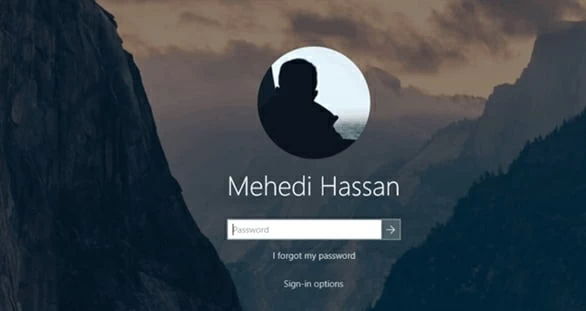
2. Follow the prompts and choose to verify your identity using your linked recovery email or phone number.
3. Enter your email address or phone number, then click Get code.
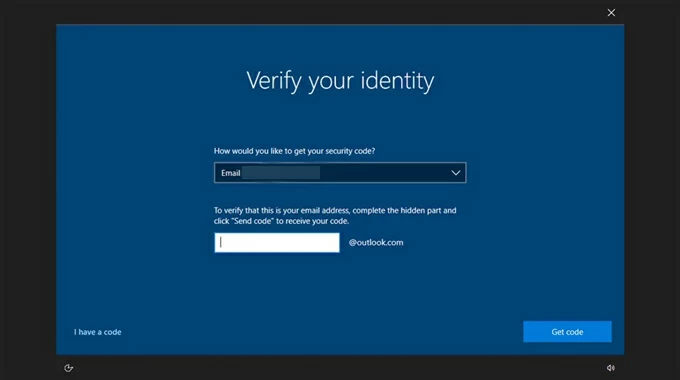
4. Input the verification code you received and click Next.
5. Create and confirm a new login password for your Microsoft account, then click Next.
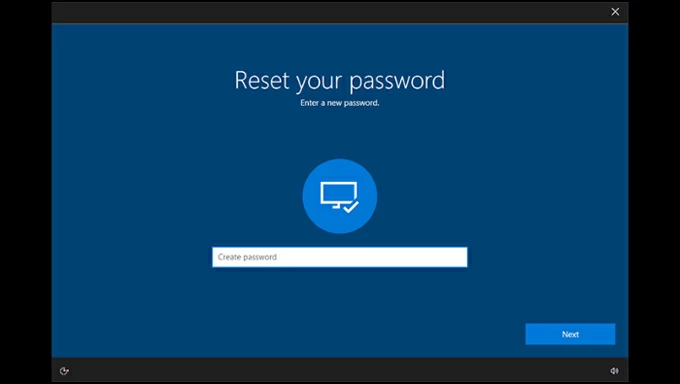
5. Click Sign in to return to the lock screen. You can now use the newly reset password to unlock your device and access it normally.
If your locked Windows 10 PC is not connected to the internet, or if you've forgotten the password for a local account, the professional Appgeeker Windows Password Recovery becomes a practical option.
It is specifically designed to help users bypass or reset Windows account passwords—including Microsoft accounts, local accounts, and administrator accounts—without needing a Windows reinstallation or erasing personal data.
The software features a clear operation wizard, requiring no complex command lines. By creating a bootable USB and loading the tool onto your locked Windows system, in just a few minutes, you can reset your forgotten password on your Windows 10 computer even if the account is inaccessible.
Step 1. Create a bootable reset disk
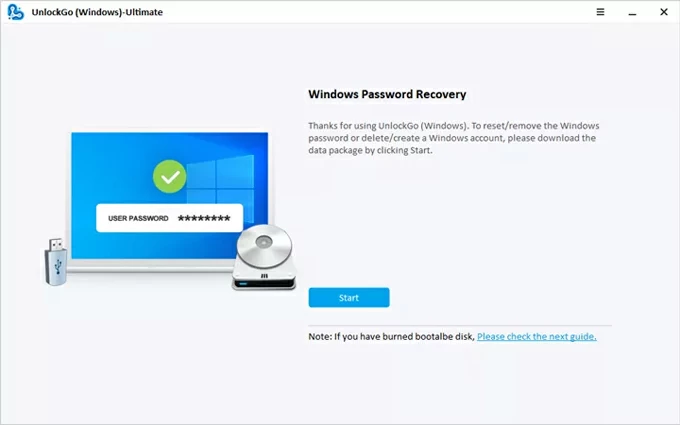
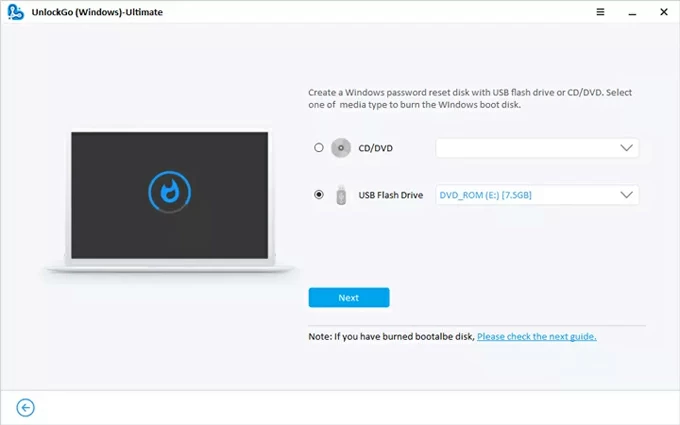
Step 2. Boot your Windows 10 PC from the USB or DVD/CD
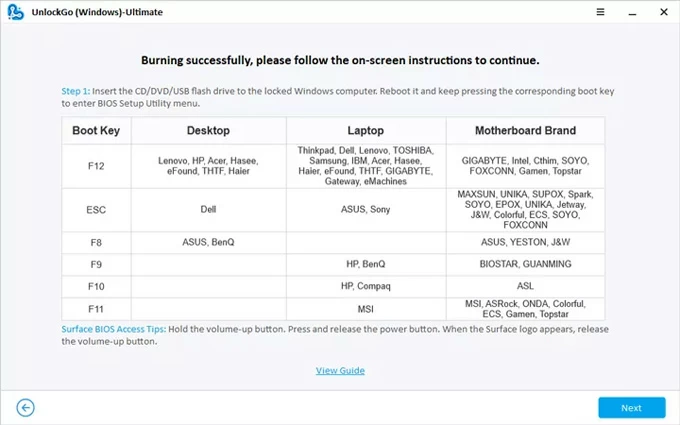
Step 3. Reset the password for your locked Windows account

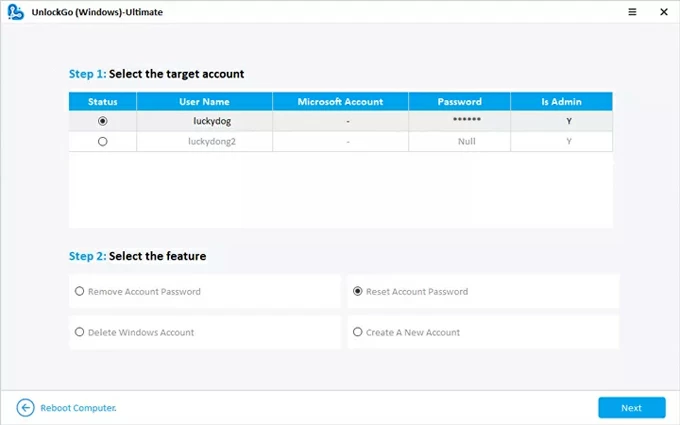
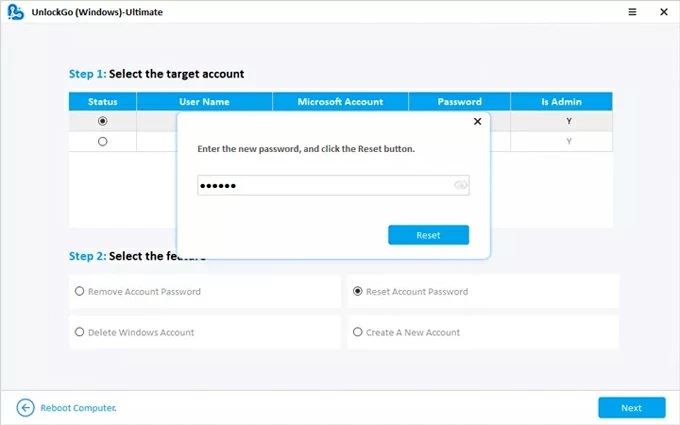
If you forget the password for a local user account or admin account, the Windows system also provides several solutions that allow you to reset your password without needing to access your local or administrator account on the locked Windows 10 PC.
Read more: How to factory reset Windows 10 without password
For the locked local user/admin account, if security questions were set up during the initial computer setup, correctly answering those security questions is one of the fastest ways to perform a password reset without logging into Windows 10. It provides a built-in, no-tools-required method to reset a forgotten password directly from the login screen.
1. On your Windows 10 lock screen, click the arrow icon to the right of the password input box, or simply press the Enter key.
2. The screen will display your three pre-selected security questions. Enter the answers accurately as you originally saved them.
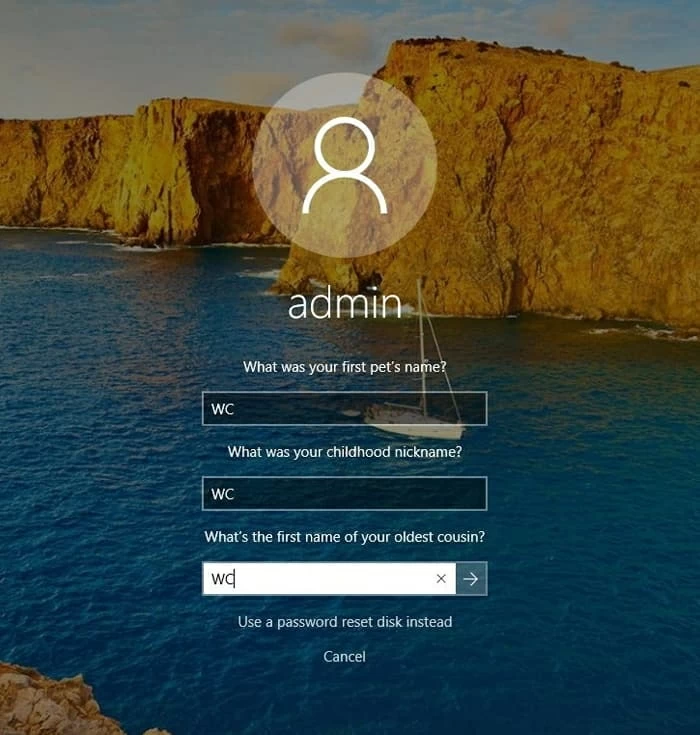
3. After answering the last question, press the Enter key. Once all questions are answered correctly, you will immediately be granted the ability to define a new password for the local account.
4. Follow the on-screen instructions to set your new password and then enter it again to confirm.
5. Then, click the right arrow to submit and update your local account password.
Afterward, you can use the updated password to get into your Windows 10 computer.
If you created a password reset disk for that specific local account on your Windows 10 PC before lockout, it offers a near-instant path back into your system with minimal effort., allowing you to change Windows 10 password without the ability to log in. This method stands out because it's fast, non-destructive, and built directly into Windows.
1. Plug the USB drive or optical disc containing the pre-created password key file into your locked Windows 10 computer.
2. Enter an incorrect password to activate the Reset password option on the login screen. Click it.

3. If you've configured security questions, the system will first direct you to the answers screen. Click Use a password disk instead at the bottom.
3. The Password Reset Wizard will start. Click Next and select the drive where the key is stored, then click Next again.
4. Follow the prompts to enter and confirm your new password. You'll also need to set a new password hint.

5. After creation, click Next > Finish to go back to the login screen. Now type your new password to access your PC.
Tip: This Windows password reset disk can be reused. If you forget this local account or admin account password again, you can use it once more to reset your password on the Windows 10 computer.
Also see: 10 best Windows password reset tools: The smart way to unlock PC
When neither security questions nor password reset disk are an option, the command prompt can be a viable alternative for bypassing the Windows login screen to reset any local account password, though it is somewhat complex.
The core concept is a file system exploit using the Windows Recovery Environment (WinRE). By booting from external Windows 10 installation media, you gain command-line access to the OS drive before Windows fully loads, thereby resetting or replacing the password.
1. Create Windows 10 installation media (If you don't have one).

2. Insert the Windows 10 installation media into the Windows 10 PC whose password you need to reset.
3. Restart your computer and, at the same time, press the device's boot key (typically F12, F9, ESC, etc.) to boot from the USB.
4. In the Windows Setup window, complete the language and keyboard settings, click Next, and then select the Repair your computer option.
5. Navigate to Troubleshoot > Advanced options > Command Prompt to open the Command Prompt window.

6. Execute the following exact command lines:
copy C:\Windows\System32\utilman.exe C:\
copy C:\Windows\System32\cmd.exe C:\Windows\System32\utilman.exe
7. Remove the USB flash drive and restart the computer.
8. At the login screen, click the Ease of Access icon (bottom-left corner) to open the Command Prompt window.
9. Enter the following command to reset the local account password:
net user <username> <newpassword>

10. After successful execution, close the Command Prompt window. You can now use the new password you set to log into your Windows 10 account.
Tip: After logging in, you should repeat step 5, and then run the following command to restore the original files to ensure system security: copy /y C:\utilman.exe C:\Windows\System32\utilman.exe.
Conclusion
Forgetting a Windows 10 password doesn't mean losing control of your PC. Whether your account is cloud-based or completely local, there are always practical solutions to reset your Windows 10 password even if you can no longer log in to the account.
By choosing the method that matches your account type—online recovery for Microsoft accounts, built-in tools for local user/admin accounts, third-party software for convenience, or installation media for advanced resets—you can confidently regain access without unnecessary stress.
Once you're back in, take a moment to set up stronger recovery options so future lockouts become far less likely.
1. Does resetting a Windows 10 password without logging in erase data?
No, most methods for resetting a Windows password will not delete all of your data. They primarily change the account password without affecting your files, applications, or settings. This holds true for the online reset of a Microsoft Account or the password reset for a Local Account on Windows 10/11.
However, if you choose the "Reset this PC" option and select "Remove everything", this will result in data erasure. Additionally, for encrypted files (such as those using EFS or BitLocker), resetting the password might render that specific data permanently inaccessible (though it doesn't delete the entire hard drive).
2. How do I know whether I'm using a Microsoft account or a local account?
Check the login screen. If an email address appears under your name, you're using a Microsoft account. If you see only a username without any email, it's a local user/admin account. This distinction determines which reset methods you can use.
3. How to reset my local account password if I'm already signed in?
If you're still logged into Windows 10, you can change your local account password directly: